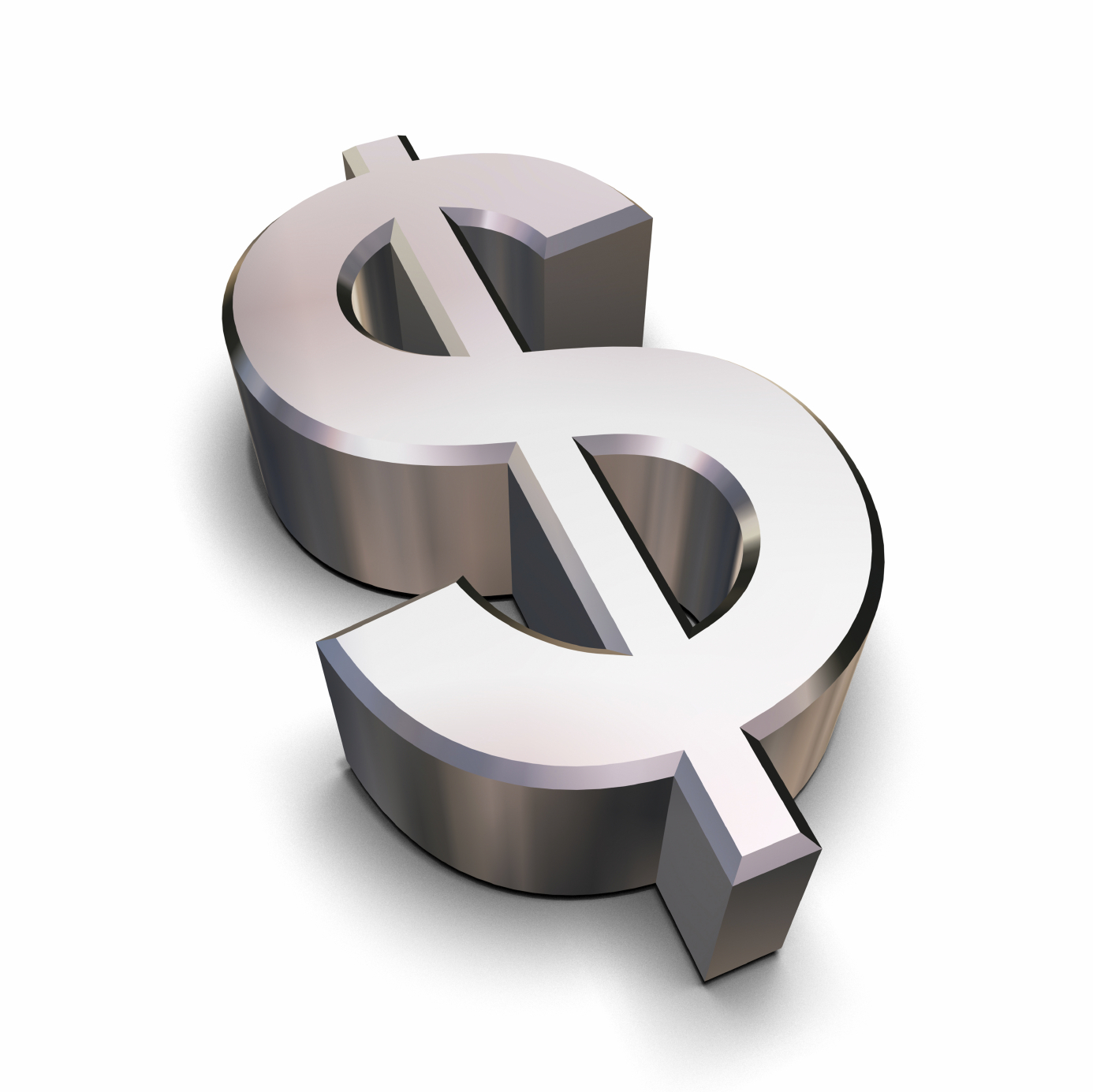 The dollar dropped to a three-week low versus the euro as the U.S. economy expanded less than previously estimated and jobless-benefit claims rose, reducing speculation the Federal Reserve will cut back on stimulus.
The dollar dropped to a three-week low versus the euro as the U.S. economy expanded less than previously estimated and jobless-benefit claims rose, reducing speculation the Federal Reserve will cut back on stimulus.The yen strengthened versus the greenback after Reuters reported Japan’s public pension fund may allow its investment in domestic stocks to grow, citing unnamed people familiar with the matter. Sweden’s krona rallied versus all of its 16 most-traded counterparts tracked by Bloomberg. A gauge of currency-price swings climbed to the highest level in almost a year.
“The data this morning is weighing on the dollar,” Omer Esiner, chief market analyst in Washington at the currency brokerage Commonwealth Foreign Exchange Inc., said in a telephone interview. “It’s prompting investors to pare back exposure on the dollar a little bit. But while the data was a little worse than expected, it’s probably not enough to derail talk of Fed tapering just yet.”
The U.S. currency slid 0.8 percent to $1.3050 per euro at 5 p.m. New York time. It touched $1.3061, the weakest level since May 9, crossed 50- and 200-day moving averages and pared a monthly advance to 0.9 percent. The dollar lost 0.4 percent to 100.73 yen. It touched 100.47, also the weakest since May 9, when the Japanese currency depreciated past 100 for the first time in four years. The euro gained 0.4 percent to 131.43 yen.
JPMorgan Chase & Co.’s Global FX Volatility Index reached 10.05 percent, the highest level since June 28.
‘Two-Way’
“In the last six months, investors have been trading bad news as good news, meaning slower growth means the Fed will be on hold for longer,” David Woo, global head of rates and currencies at Bank of America Merrill Lynch in New York, said in an interview on Bloomberg Television’s “Surveillance” with Tom Keene. “Stronger U.S. growth means the Fed is going to have to taper sooner. If you’ve been trading liquidity all along, I think this means the two-way risk is back.”
Trading in over-the-counter foreign-exchange options totaled $38 billion, versus $42 billion yesterday, according to data reported by U.S. banks to the Depository Trust Clearing Corp. and tracked by Bloomberg. Volume in options on the dollar-Chinese yuan exchange rate amounted to $8.1 billion, the largest share of trades at 21 percent. Dollar-yen options were the second most-actively traded, at $6.6 billion, or 17 percent.
Dollar-yuan options trading was 208 percent above the average for the past five Thursdays at a similar time in the day. Dollar-yen options trading was 28 percent below average.
About $6 billion in dollar-yen options will expire tomorrow at strike prices of 100.50, 100.80 and 101 yen, according to data compiled by Bloomberg.
Rand, Peso
South Africa’s rand tumbled versus its 31 most-traded counterparts after President Jacob Zuma failed to reassure investors the government is doing enough to end labor unrest at mines. The currency depreciated 2.1 percent to 10.0405 per dollar, weakening past 10 for the first time since March 2009.
The Mexican peso fell to its lowest level in almost three months as economic data in the U.S., the nation’s biggest trade partner, trailed forecasts. The currency lost 1.1 percent to 12.7868 per dollar and slid as much as 1.6 percent to 12.8514, the weakest since March 1.
Sweden’s krona advanced after Riksbank First Deputy Governor Kerstin af Jochnick said the currency is at the right level and backed by strong fundamentals in the economy. The krona climbed 1.3 percent to 6.5616 per dollar and advanced 0.5 percent to 8.5619 per euro.
“Our public finances are in order, the banks are in order and are well-capitalized, so there’s a general confidence in Sweden,” af Jochnick told reporters today after a speech in Uppsala, Sweden.
Koruna Climbs
The Czech koruna rose versus 31 most-traded peers as the country’s 10-year government bond yielded 1.8 percent after reaching 1.83 percent yesterday, the highest since April 11. The currency rallied as much as 1.5 percent, the most since Jan. 10, to 19.7067 per dollar before trading at 19.7157. The koruna rose 0.6 percent to 25.726 per euro.
The dollar gained 2.7 percent over the past month versus nine developed-nation peers, according to Bloomberg Correlation-Weighted Indexes, amid bets the Fed would slow its bond-buying under quantitative-easing stimulus as the U.S. economy improved. Data showed employers added more jobs than forecast in April and the unemployment rate unexpectedly fell to 7.5 percent. Consumer confidence rose in May to a five-year high.
The greenback slid today versus most major peers as the Commerce Department reported U.S. gross domestic product rose at a 2.4 percent annualized rate in the first quarter. The median forecast of economists in a Bloomberg survey called for no revision from the 2.5 percent pace initially reported.
Jobless Claims
Initial claims for jobless benefits in the U.S. rose 10,000 to 354,000 in the week ended May 25. A Bloomberg survey forecast 340,000 claims.
Japan’s public pension fund may allow its investment in domestic stocks to grow, Reuters reported, citing unnamed people familiar with the matter.
Managers of the Government Pension Investment Fund, which oversees about 108 trillion yen ($1.1 trillion) in assets may reduce the target allocation to domestic bonds, fund President Takahiro Mitani said in a Bloomberg News interview on Feb. 1. The fund may increase holdings in emerging-market stocks and start buying alternative assets, he said.
The yen has slumped 11 percent this year, the most among the 10 developed-market currencies tracked by Bloomberg Correlation-Weighted Indexes, as the Bank of Japan pledged to double bond buying in an attempt to increase inflation.
The Dollar Index, which Intercontinental Exchange Inc. uses to track the greenback against currencies of six U.S. trading partners, fell to as low as 82.979, the least since May 14.
The currency gauge climbed last week to 84.498, the highest level since July 2010, after Fed Chairman Ben S. Bernanke told Congress the central bank could cut the pace of its $85 billion in asset purchases if officials see indications of sustained improvement in U.S. economic growth.
Source: Bloomberg



